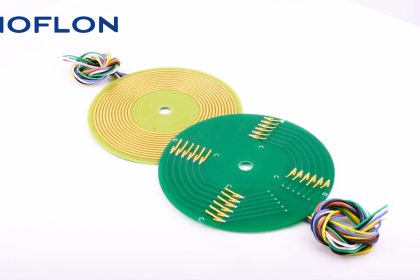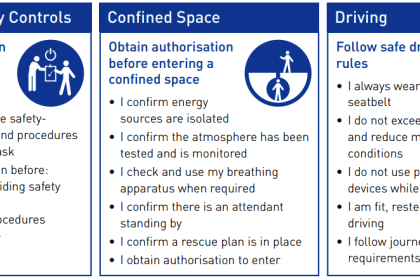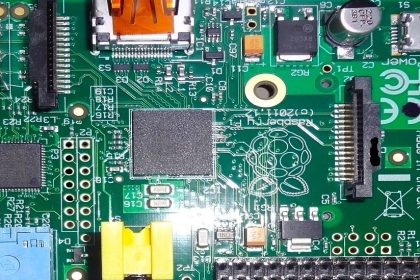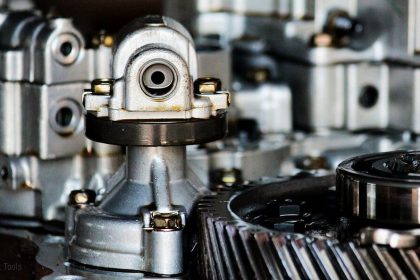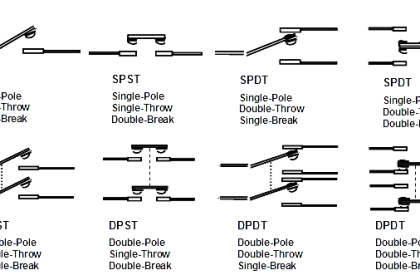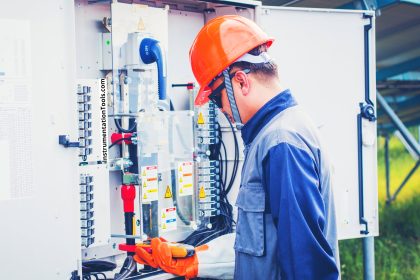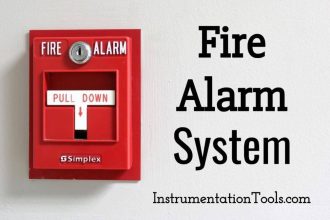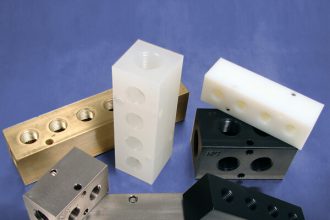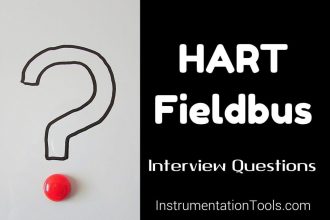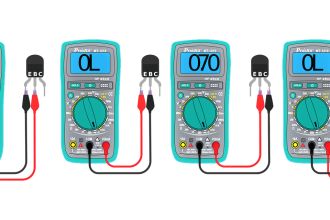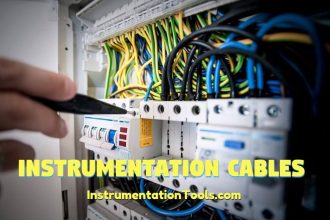In digital electronics, a wide range of circuits are available to make processing smooth. This makes every requirement of electronics easy and flexible to use. Two of the most widely used circuits in digital electronics are DAC (digital to analog converters) and DSP (digital signal processors). They differ both in terms of meaning and usage but have a certain amount of difference between them. In this article, we will learn the difference between DAC and DSP.
What is DAC?
DAC stands for digital-to-analog converter. Its description can be best understood by a simple example of a watch or music player. In an analog watch, you can actually see the running seconds hand for example, and understand how many seconds have elapsed or how many seconds are pending. You also get an overall idea of how many seconds the required minute will reach. But, in a digital clock, you get to see a fixed increment number, be it in minutes, seconds, or hours.
The same goes for a music player. A gramophone is an analog music player that has a single groove wiggling back and forth and constantly changing. A CD stores information like volume and frequency in digital increments. Both these examples show that an analog signal is constantly changing, while a digital signal works in fixed increments or decrements.
This brings us to the use of DAC. Let us extend the example of audio explained with the music speakers that we use on the computer. A computer is a binary processor that works in digital information of 0 and 1, and it is not possible for it to store information in analog format (electrical signal). However, a speaker requires electrical variable voltage for playing the music. So, a DAC is used which converts the digital information of music stored in the computer into a smooth transiting analog signal, which can then be fed to the speaker for playing the actual sound.
DAC is characterized by its resolution. Here, resolution means how many analog values it can create. This is determined by the number of digital bits a DAC can receive as inputs. For example, a 3-bit DAC can generate only 8 (2³) values. The higher the bit resolution, the more efficient the DAC.
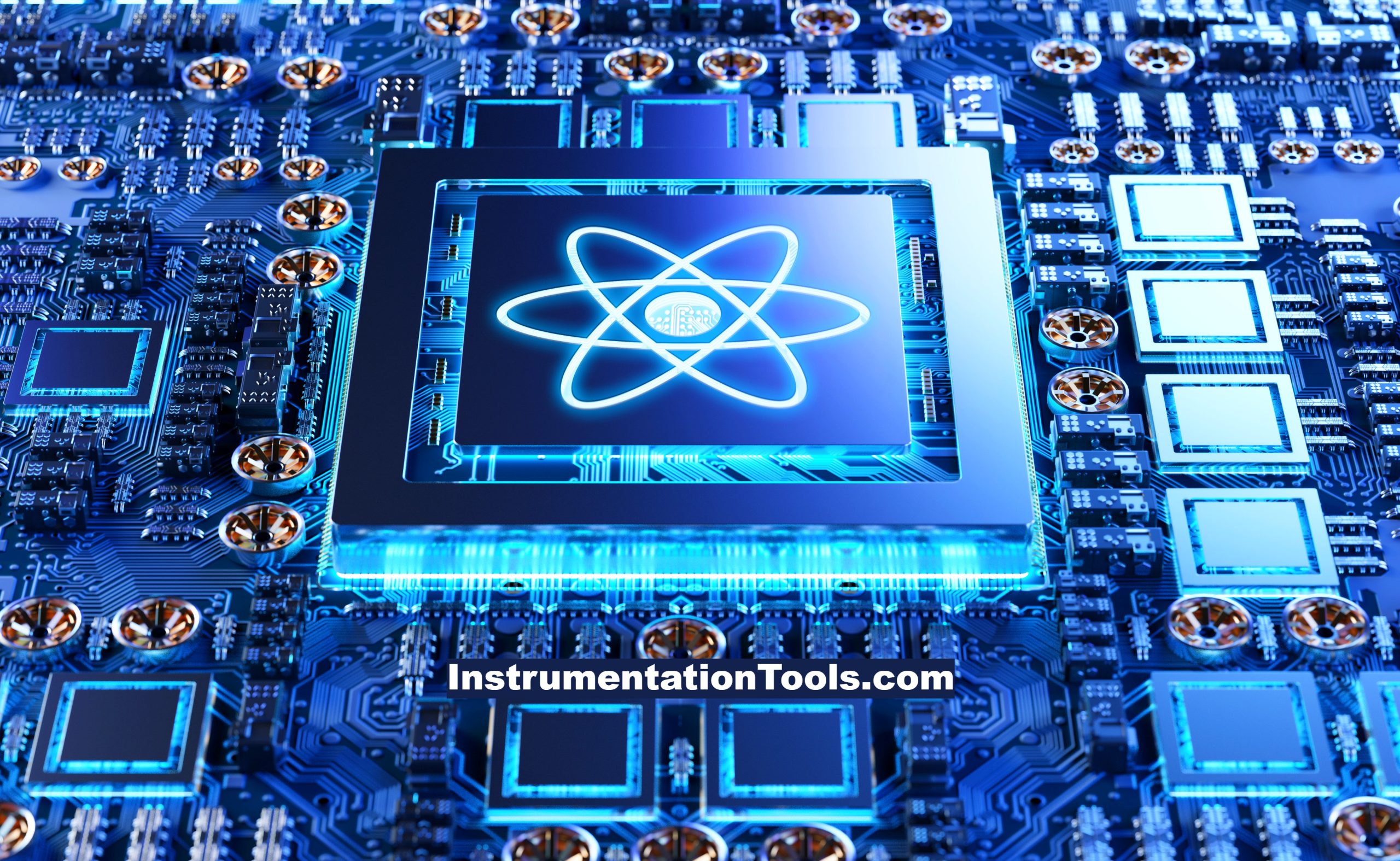
What is DSP?
Now, let us understand what DSP is. DSP stands for digital signal processing. As the name implies, it is specially designed for processing digital signals by performing various functions on them. As discussed earlier, analog signals are defined as continuous varying ones, whereas discrete signals are defined by sequences and numbers of only 0 and 1.
An analog signal, when plotted on a graph by measuring frequency vs. time, can also give you various amplitudes of digital signals. So, for a DSP to function, an analog signal is first converted into a digital one, and then various processes like filter, mathematical computations, amplifying, modulating, high-speed data transfer, and signal analysis are performed on it.
This means, basically, a DSP is a real-time fast processor that processes digital signals with various available functions and makes it very useful for applications. Because only a pure digital signal is of no use to any process. They usually feature a large number of arithmetic logic units (ALUs) and specialized hardware for rapid addition and multiplication. They also have specific memory structures designed for speedy and effective data access.
Difference between DSP and DAC
- As per the definition discussed earlier, DSP is far quicker in operation than DAC.
- A DAC can produce various types of analog outputs which is not possible in DSP, but a DSP can produce various types of digital signal processing functions which is not possible in DAC. So, both of them have their respective applications in digital electronics.
- The power consumption of DAC is more than DSP.
- DSP is far more efficient for programmers to use because they can be reprogrammed many times, as compared to DAC which provides fewer options for reprogramming.
In this way, we saw the difference between DAC and DSP.

